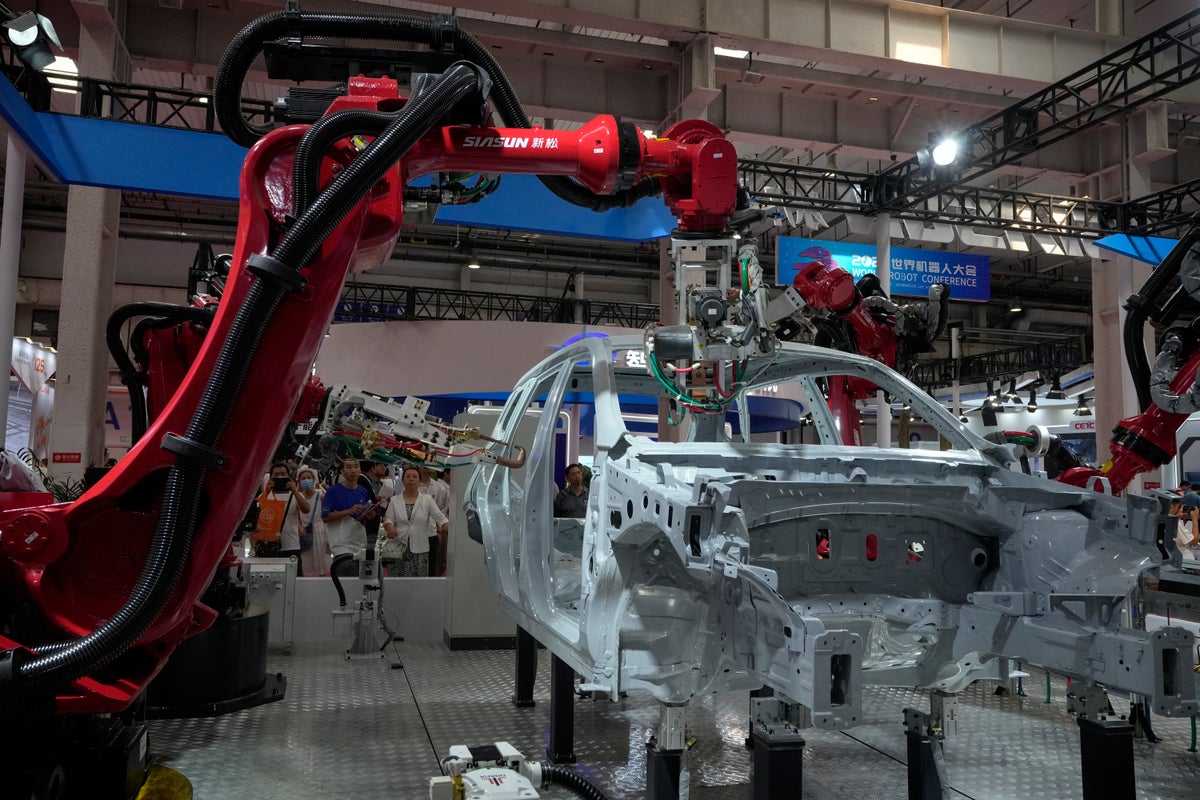
An official survey of manufacturers shows China’s factory activity contracted in October, suggesting the economy remains on uneven footing.
The purchasing managers’ index, or PMI, fell to 49.5 in October on a 100-point scale, down from 50.2 last month, according to the National Bureau of Statistics and the China Federation of Logistics & Purchasing.
A figure below 50 indicates a contraction in manufacturing activity while a number above 50 reflects an expansion. The non-manufacturing PMI for October fell 1.1 percentage points to 50.6, a sign of slowing activity in China’s service and construction industries.
Factory output and supplier delivery times improved while measures of new orders, raw materials and employment contracted.
China's recovery from the COVID-19 pandemic has faltered after an initial burst of growth earlier in the year faded more quickly than expected.
In recent months, the government has raised spending on building ports and other infrastructure, cut interest rates and eased curbs on home-buying. But economists say wider reforms are needed to address long-term problems that are stifling growth.
“If reflected in hard activity data, today’s PMIs suggest that the momentum of China’s economic growth ebbed at the beginning of the fourth quarter,” Robert Carnell, regional head of research for ING Economics in Asia Pacific, said in a report.
Carnell said support measures, including increased government spending, will help offset any tendency for the economy to slow.
“Even so, today’s data suggest that although it has weakened, economic growth is still ongoing,” he said.
Recent data suggest China will likely to hit its growth target of 5% for the year, he said. The economy expanded at a 4.9% annual pace in the last quarter.
The property sector, once an important pillar of China’s economy, has now become a drag on growth as developers struggle with huge debt burdens and slowing sales.







